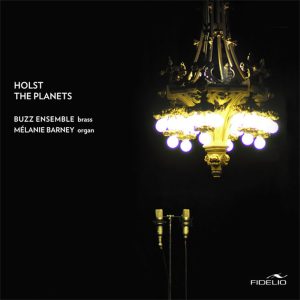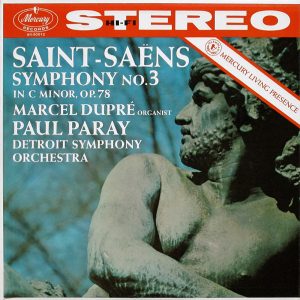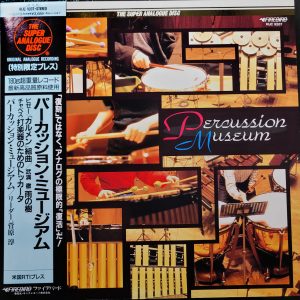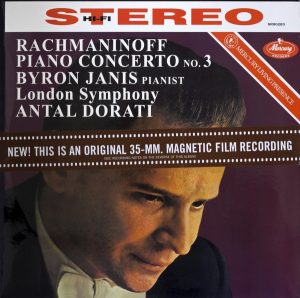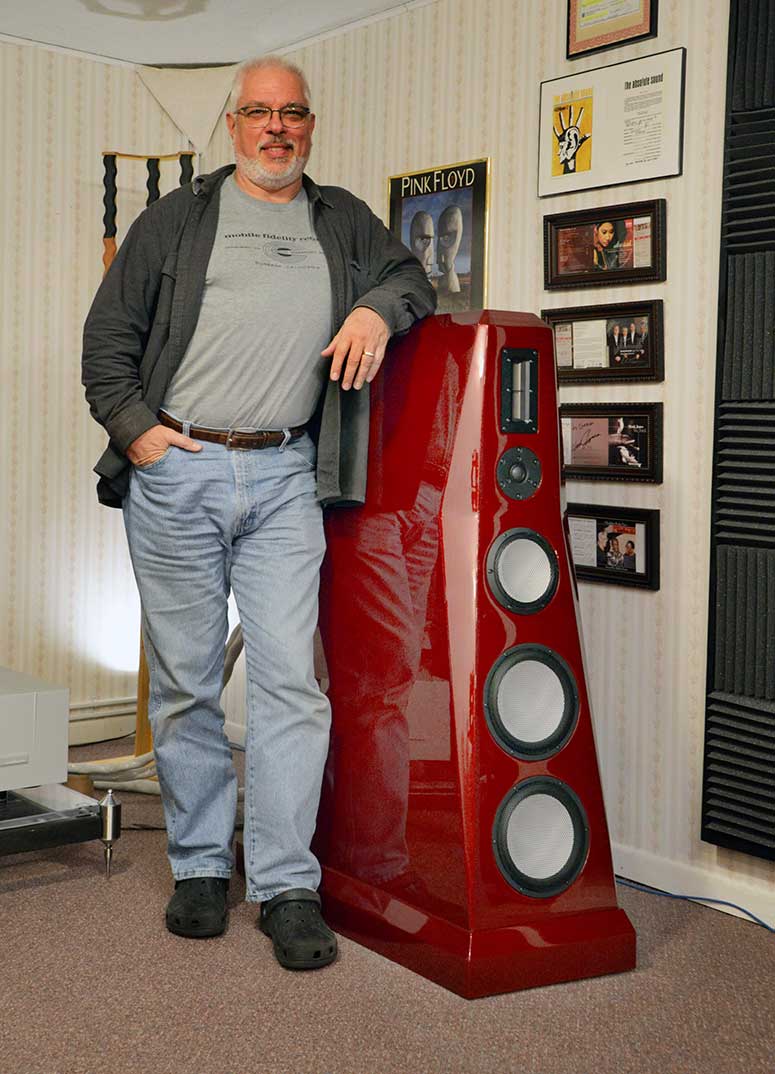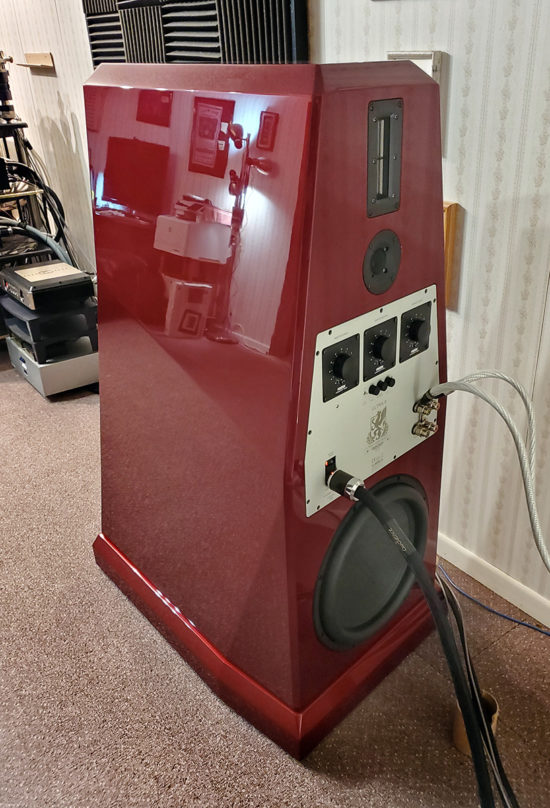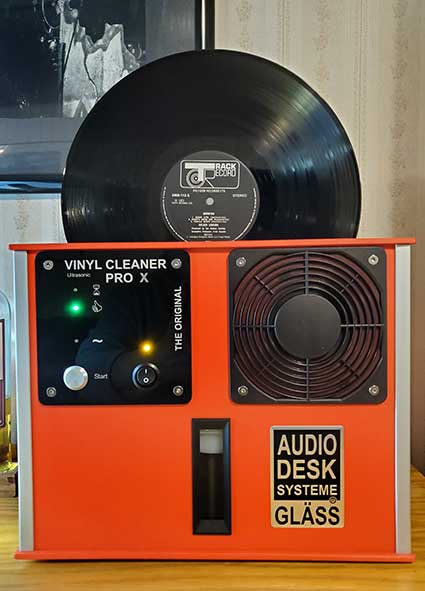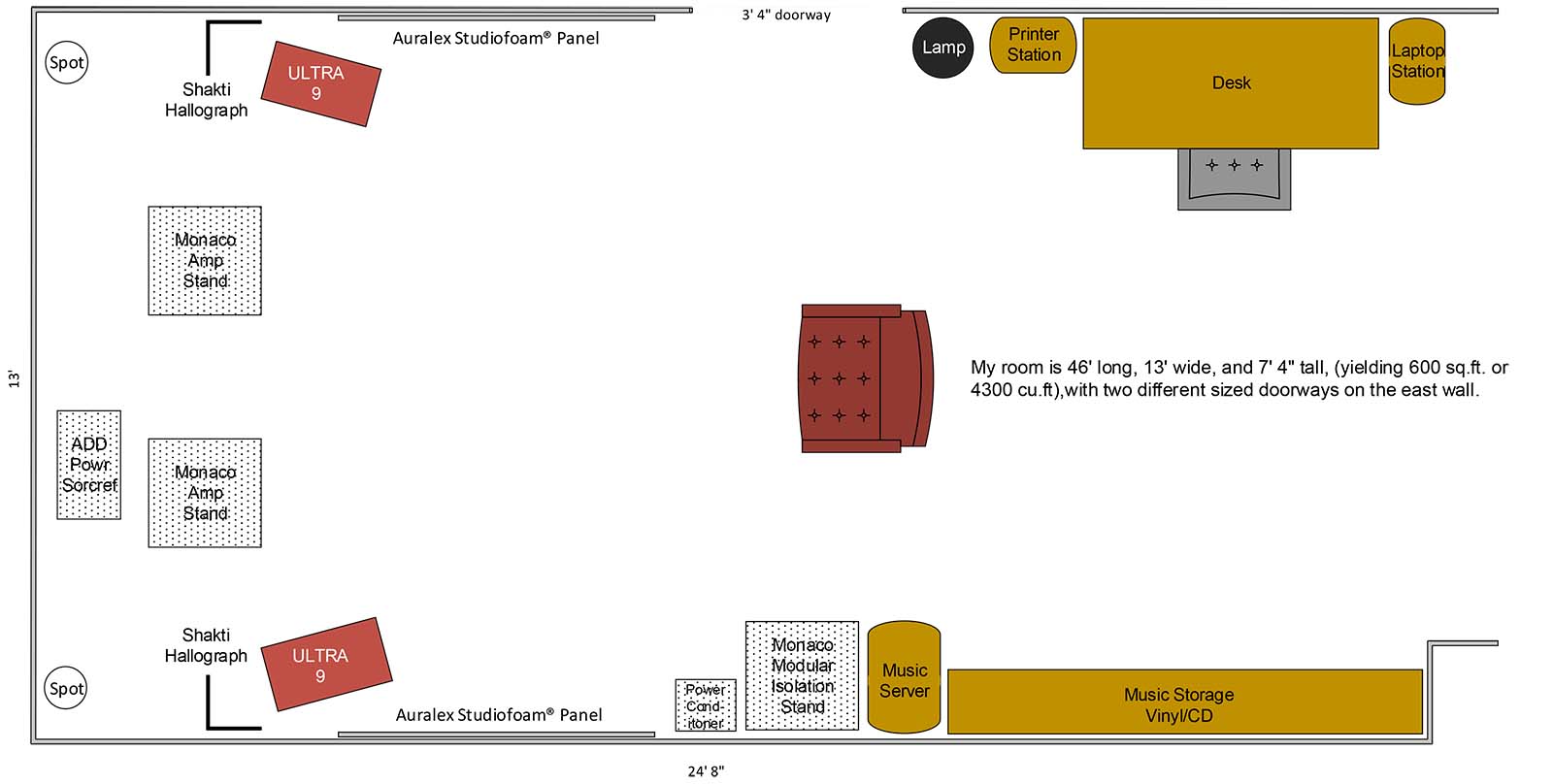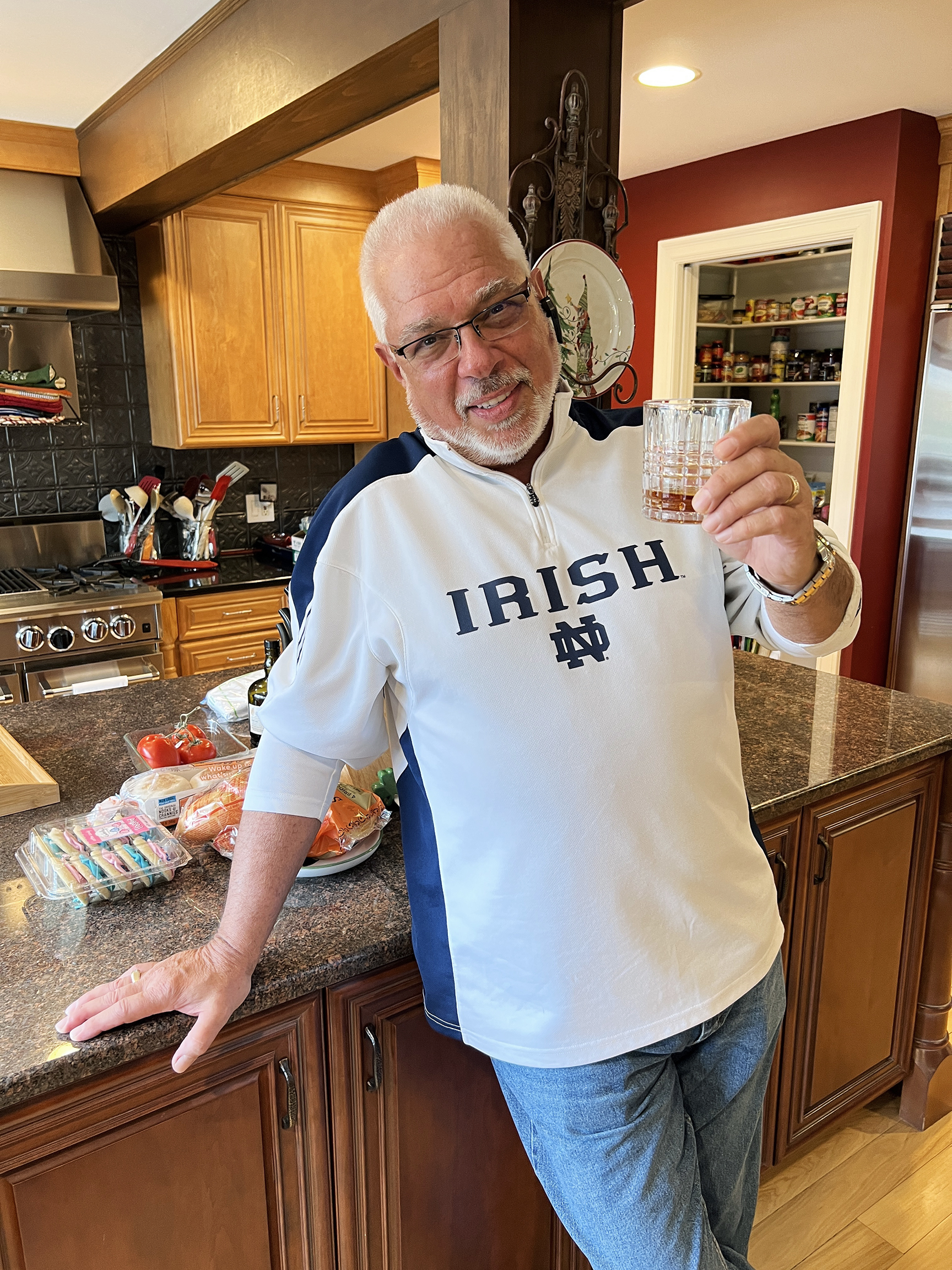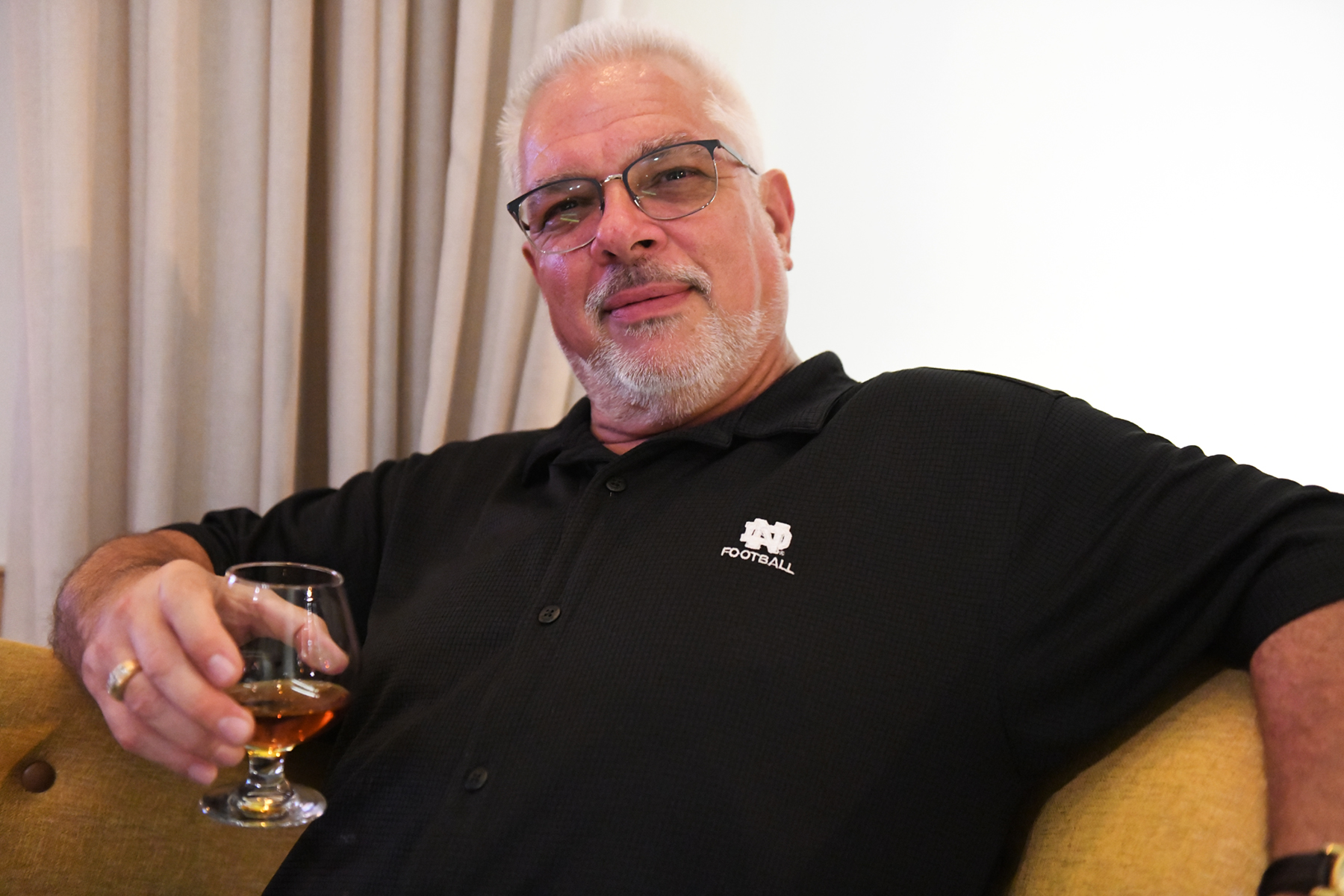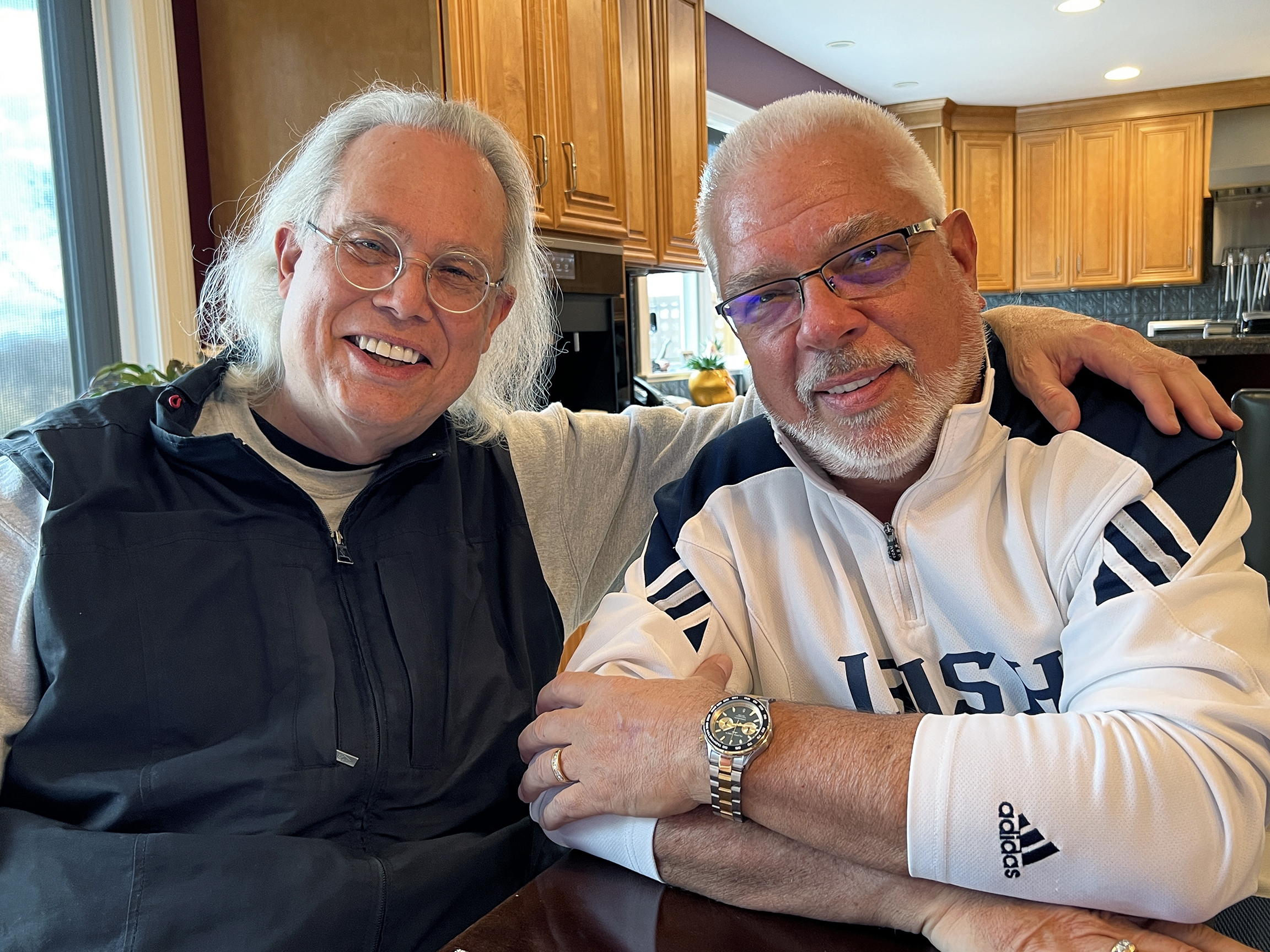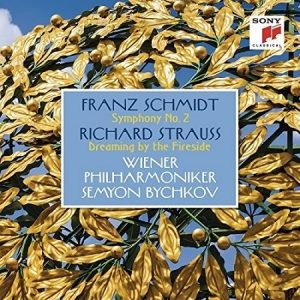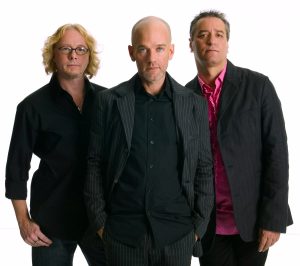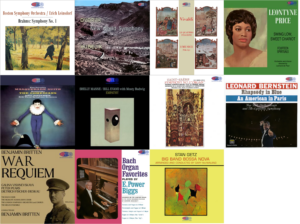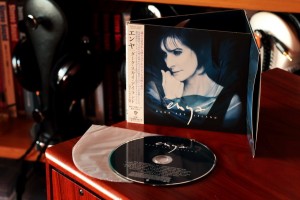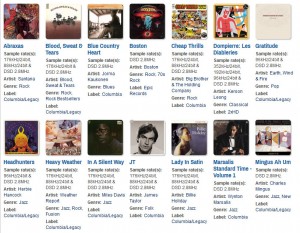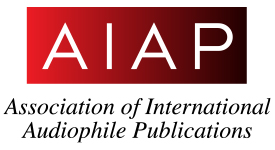
Today I am pleased to introduce what will be a new series of articles, one which will feature closer looks at some of my favorite recordings. I have been posting such "snapshots" of many of my favorite LPs on Facebook for years as abbreviated takes on specific recordings, often digging into the history and significance of the music or performance, and sharing the particular LP pressing that I find to represent the best sonic interpretation of that particular release.
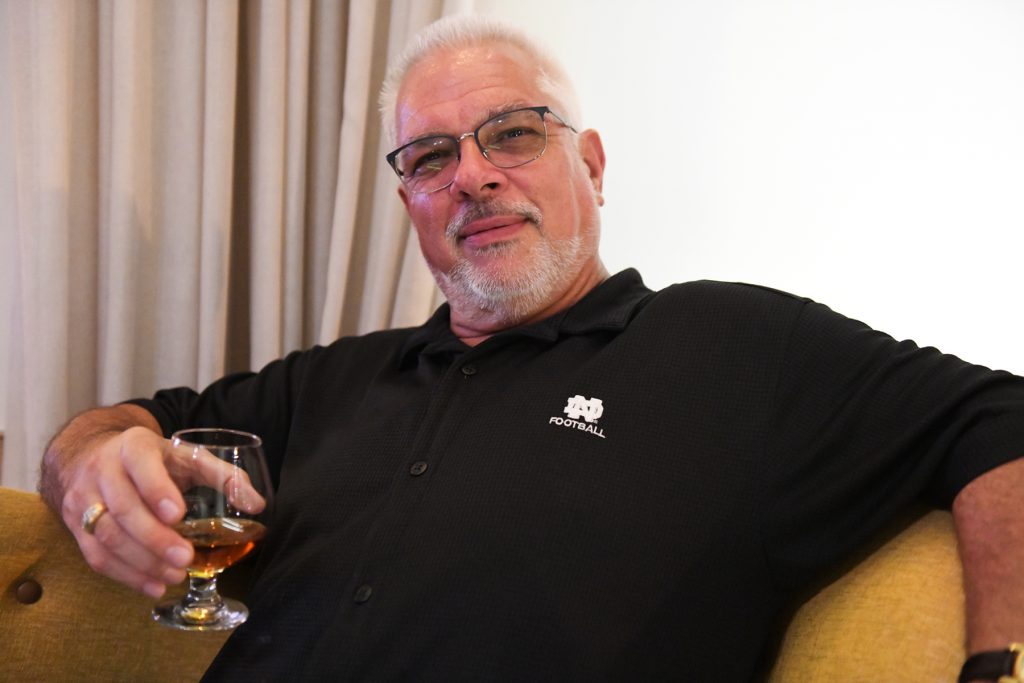
A portrait of Greg Weaver, Chicago, 2018. Photograph and image processing by David W. Robinson.
Our Editor-In-Chief, my esteemed friend and colleague, Dr. David W. Robinson, called me one evening in response to one of those Facebook postings. He had two comments he wanted to share with me about them. First, he announced that these regular postings were costing him a lot of money! It seems he was searching out the specific pressings I was discussing to add to his own collection! Secondly, he suggested that I should compile some of these postings as a series of articles for the magazine. He quite strongly felt that such information would be of benefit and interest to the larger Positive Feedback community. He's a pretty sharp guy, so I've decided to take his advice! I hope you enjoy these musical insights.
Gustav Holst, The Planets. Buzz Brass Quintet Ensemble and organist Mélanie Barney, Fidelio Music, Canada, 2012
First up…my original 2012 Canadian Fidelio Music's double 45 RPM LP set of Holst's, The Planets. This is an absolutely superlative recording, captured March 22nd, 23rd, 25th, and 26th, 2009, at the St-Viateur d'Outremont Church in the borough of Outremont in Montreal, Quebec, Canada.
This LP represents a rather unique arrangement of the Holst standard by Montreal composer and arranger Enrico O. Dastous, as realized by the Buzz Brass Quintet Ensemble and organist Mélanie Barney. Founded in 2002 by trumpeter Sylvain LaPointe, the Buzz Brass Quintet Ensemble also features Frédéric Gagnon as principal trumpet, Pascal Lafrenière on French horn, Jason De Carufel on trombone, and Sylvain Arseneau on bass trombone.
To my sensibilities, the organ's timbral diversity makes it a natural for this vibrant and colorful Holst score. While there have been any number of other stylish arrangements for solo organ, I consider that it is the prominent contribution of this Terrebonne-based brass quintet that serves to set this terrific recording apart. Dastous' arrangement here is notable, not only for its tasteful restraint (given the arguable potential for bombast), but for the respect and close attention paid to what would seem to be Holst's original objective. The result is that when all the stops are pulled out, literally and figuratively, the effect is magnificently effective.
I cannot praise the musicians' efforts on this recording highly enough, as credit for such an overwhelming success must go to organist and quintet, both of whom play with sophisticated finesse, yet prove that they can effortlessly step up—with grace and power—when called upon.
I also have the point out the remarkable engineering and mastering skills of René LaFlamme, CEO and producer at Montreal's Fidelio Music, for his ability to maintain both the utter ease and naturalness of this recording. Employing both vacuum-tubed Neumann U-67s and B&K DPA 4003s, an omnidirectional hi-voltage (130 V) condenser microphone with extremely linear frequency response and extended low frequency handling capability (-2dB at 10Hz), instrumental sound is full, concise, and accurate, with remarkably powerful and authentic bass, yet the recording maintains a superb sense of balance, broadband. True fans of The Planets are likely to be as delighted with this extraordinary version of this standard as I am. And fans of music for brass and organ should find this to be a recording to die for. I HIGHLY recommend this release; it is a sonic marvel.
To top it all off, there is an interesting tale involving this recording, one that is not insignificant to my current reference turntable, the KRONOS Pro Limited Edition. When Louis Desjardins was developing this revolutionary ‘table back in 2011, he auditioned his prototype for the very same René Laflamme of Montreal's Fidelio Music.
That initial demonstration pitted a test pressing of this record, the label's then upcoming release of Holst's The Planets (I'm discussing the production release) on the prototype KRONOS, compared head-to-head with the analog master tape. René was moved by how closely the performance of the vinyl playback system mimicked the characteristics of the master tape, so much so that he asked to use the prototype turntable at the Montreal Audio show in 2011 to launch this particular recording.
That introductory performance was such a resounding success that Louis decided to manufacture the turntable, initially as a limited edition with a run of just 250 units. That run was so successful that the name was changed to the Pro and the company we now know as KRONOS was established. The Pro saw its first official showing at CES 2012, and I now own number 113.
HERE are more details about this record at Discogs.
HERE is a link to this recording on Qobuz.
Camille Saint-Saëns Symphony No. 3 In C Minor, Op. 78. Detroit Symphony Orchestra under Paul Paray, Mercury Living Presence, 1958
Next up...my original 1958 Mercury Living Presence Olympian Series first US pressing of Camille Saint-Saëns Symphony No. 3 In C Minor, Op. 78, recorded at the Henry and Edsel Ford Auditorium in Detroit by the Detroit Symphony Orchestra under Paul Paray.
The Auditorium had just finished construction in 1955, the year I was born, and was opened in 1956. The hall's organ, the Opus 1324, was constructed by the Æolian-Skinner Organ Company, Inc. of Boston, Massachusetts, specifically for the Ford Auditorium at a cost of $88,000, or just about $800,000 today! The organ had 4100 pipes, 71 ranks, 76 stops, and 3 manuals (keyboards). Installation was completed in September of 1957, and was dedicated by Marcel Dupré, playing with the Detroit Symphony under Paul Paray, on October 6th of that same year.
Marcel Dupré is featured on the Opus 1324 on this recording, captured by Robert and Wilma Cozart Fine, mastered at Fine Recording Studios in Manhattan, and pressed at the RCA Records Pressing Plant in Indianapolis. And, if your system is up to it, starting about 10 seconds into the "Poco Adagio," you are going to be treated to one of the eras finest accomplishments of the recreation of deep bass. In my system, not only do you hear the remarkably deep and pitch defined lower tones of the Opus 1324, but your room literally pressurizes with its power, much like you would expect to "feel" were you in such an amazing hall and witnessed such an organ performance.
I can’t lie, I LOVE this record. And honestly, the performance and sonics leave my original 1959 RCA Shaded Dog first US pressing of "A Stereo Spectacular / Symphony No. 3," captured at Boston Symphony Hall by the Boston Symphony under Charles Munch, featuring Berj Zamkochian on the organ, also pressed at the same RCA Records Pressing plant in Indianapolis, in the dust! It is just superb…
HERE are more details about this record at Discogs.
HERE is a link to this recording on Qobuz.
The Percussion Museum, Percussion Museum. The Super Analog Disc pressing, King Record Co. Ltd., Japan, 1997
Next up…my 1997 original The Super Analog Disc pressing, from Japan's King Record Co. Ltd., of Percussion Museum, by The Percussion Museum. It is a 180-gram, half-speed mastered recording made directly from the master analog tapes, with production done at Record Technology Incorporated. This was the first of The Super Analog Disc releases from the King Record Company that I ever purchased. I now have over a dozen of those records, as they are all sonic marvels.
The Percussion Museum was founded in April of 1996 by Atsushi Sugawara and a core of Asian musicians who wanted to express their music using purely percussion instruments. The traditional use of percussion instruments goes back many centuries in Japan, where percussion was featured in rituals and celebrations used to keep away evil spirits. These musicians were looking for a way to pay tribute to the immensely rich history that such percussion plays in Japanese culture, which led to this recording.
Bizet's "Carmen Suite" fills out the first side with REMARKABLY dynamic sonics. While this side opens with a hushed tympani and chime passage, it soon soars, with marimbas, chimes, snare drums, and a myriad of other percussion instruments. The power and clarity of the instruments are superbly captured, as is the essence of the hall.
Moving to side two we get all three movements of "Toccata for Percussion Instruments," written by the Mexican composer Carlos Chávez, followed by "Rain Tree," from Japanese composer Tōru Takemitsu. What a ride!
When I originally posted this, my colleague and friend, Dr. Michael Bump, Percussive Arts Society Board of Directors and Professor/Director of Percussion Studies at Truman State University added this tasty morsel for everyone's benefit. "Tremendous reference recording. Congratulations, Greg! Atsushi Sugawara (the leader of The Percussion Museum) was our invited guest artist at the Percussive Arts Society International Conference in Indianapolis a few years ago. Wonderful man. His other solo recordings are also excellent interpretive references in the repertoire. However, "Percussion Museum" is an audiophile gem!"
From snares to deep bass drum assaults that will shake you and your entire listening room, to tracks featuring stunning sounding gongs of all sizes, small and large, this LP just ebbs and flows with magic and magnificence, washing over you. This is not only amazing music, recreated in both an unusual and captivating manner, it is one of the most spectacular sounding records in my collection. Once you hear it, you'll understand why it is such a sought-after release.
HERE are more details about this record at Discogs.
Sadly, I cannot find this release on Qobuz.
Sergei Rachmaninoff, Piano Concerto No. 3. Byron Janis/London Symphony under Antal Dorati, Speakers Corner Records, Germany, 2004
Next up…my 2004 German Speakers Corner Records 180G remastered reissue of the original 1961 Mercury Living Presence (Mercury SR90283) release of Byron Janis playing Rachmaninoff's Piano Concerto No. 3, with the London Symphony under Antal Dorati.
According to the records, Sergei Rachmaninoff completed the "Piano Concerto No. 3 in D minor, Op. 30," on September 23, 1909. The piece would see its premier performance on Sunday, November 28, 1909, at the New Theatre in New York City, with the composer as soloist, accompanied by the New York Symphony Society under Walter Damrosch.
What would later come to be known as the New York Symphony Orchestra had been founded as the New York Symphony Society in New York City in 1878 by Walter's father, Leopold Damrosch. Upon his death in 1885, Leopold Damrosch was succeeded as musical director by his then 23-year-old son Walter.
For many years the New York Symphony Society played fierce rival to the older, more well-established Philharmonic Symphony Society of New York, which had been founded in 1842 by American conductor Ureli Corelli Hill, with the aid of the Irish composer William Vincent Wallace. This older society had been built upon the support of the Scottish-American steel industrialist and philanthropist Andrew Carnegie, who also built and opened Carnegie Hall in 1891 specifically to house this Symphony Society.
But in 1903, during a reorganization, the New York Symphony Society was renamed the New York Symphony Orchestra, and its first recordings were made that same year as the "Damrosch Orchestra" for Columbia Records. As far as I have found, only one of those recordings, the prelude to Georges Bizet's Carmen, was ever commercially issued. In 1920 it became the first American orchestra to tour Europe, and radio broadcasts of its concerts followed in 1923. In 1928, the orchestra merged with the Philharmonic Society of New York to form the Philharmonic-Symphony Society of New York, and later, the New York Philharmonic! What a tangled web of symphonic genesis, no?
For those unfamiliar with this work, it has earned the reputation of being considered the most technically difficult and strenuous piano concerto in the entire standard classical piano repertoire. As such, the "Rach 3," has been called the "Everest" of piano concertos.
One of the reasons it is such a challenge is that composer Sergei Rachmaninoff had famously enormous hands. It is said that he could play the chord C E♭ G C G with his left hand alone, a chord spanning a total of 12 keys! This fact alone makes this particular piano concerto considerably more difficult for pianists with average sized, or near impossible for those with even smaller than average hands.
But, what a glorious creation…the third movement alone, the "Finale / Alla Breve," is just exhilarating and delivers such a rush. I hope you take time to hear this one if you are unfamiliar with it.
HERE are more details about this record at Discogs.
HERE is the link to this performance on Qobuz.




